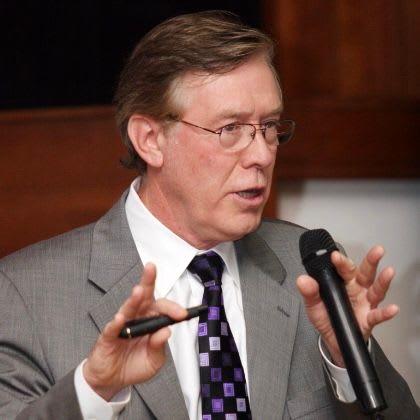Recent studies on the 2023 forest fire season in Canada highlight the escalating challenges driven by climate change, human activities, and natural variability. With approximately 5 million hectares burned and 1.6 gigatons of CO₂ equivalent (Gt CO₂e) in greenhouse gas emissions, the ramifications of these fires are both significant and multifaceted. Similar wildfire activity has been observed globally, affecting countries such as Brazil, the United States, Greece, Portugal, and even regions within the Arctic Circle during the Earth’s two hottest years on record.
Extensive research and climate models consistently demonstrate a strong correlation between rising global temperatures and increased forest fire activity. Elevated temperatures lead to drier conditions, reduced snowpack, earlier snowmelt, prolonged droughts, and increased vegetation dryness—all factors that contribute to more frequent and severe wildfires.
While there is no universally defined temperature threshold that directly causes forests to transition from carbon sinks to net emitters, research indicates that we are approaching critical limits. The impact of temperature rise varies based on regional climates, forest types, and existing fire management practices. However, certain projections and studies offer insights into how different levels of warming influence forest fire dynamics. For instance, a study published in Nature Climate Change (2019) suggests that a 2°C increase in global temperatures could double the area burned by wildfires in the western United States. According to the Commonwealth Scientific and Industrial Research Organization (CSIRO), a 1.5°C rise could result in a 200-300% increase in fire-prone days, with a 2°C rise amplifying this trend even further.
Each wildfire exerts a dual impact on the global climate: it releases carbon from the burned trees and diminishes the forests’ capacity to absorb carbon dioxide. As temperatures continue to climb, droughts become more frequent, rainy seasons shorten, and forests become increasingly vulnerable to fires. This vulnerability is exacerbated by human activities such as land clearance for agriculture, particularly in South America. A recent study has shown that the continent is becoming warmer, drier, and more flammable, illustrating how these compounded effects—referred to as positive feedbacks—are turning forests from carbon sinks into carbon sources.
These developments significantly hinder efforts to mitigate global warming, even before the world reaches the Paris Agreement’s target of limiting temperature rise to 1.5°C. As global temperatures continue to rise due to anthropogenic climate change, the likelihood of more frequent, intense, and widespread forest fires increases across various regions worldwide. Consequently, this reduces our ability to store carbon, transforming forests—once considered vital for reducing atmospheric carbon—into net emitters.










